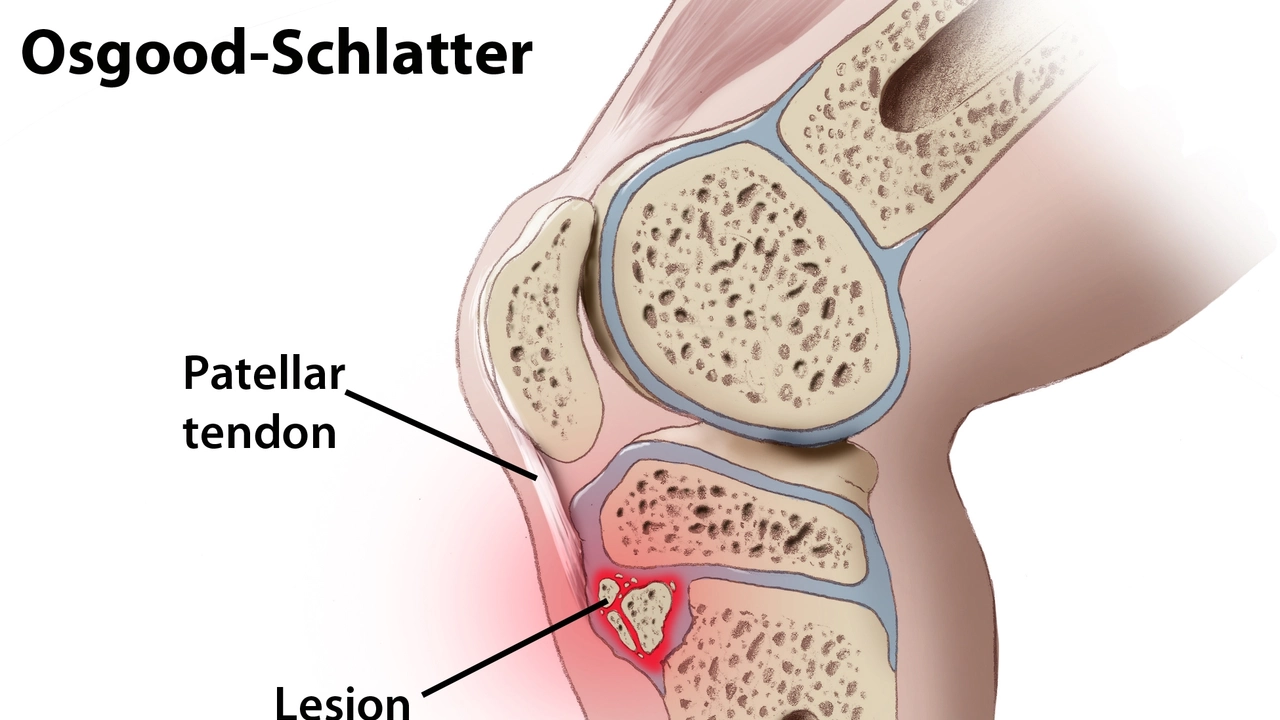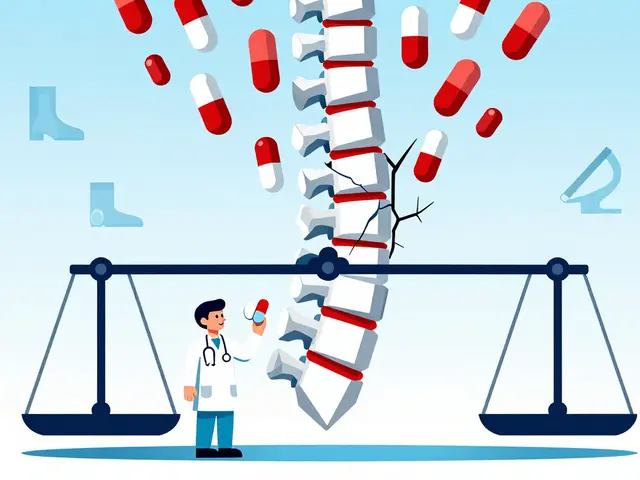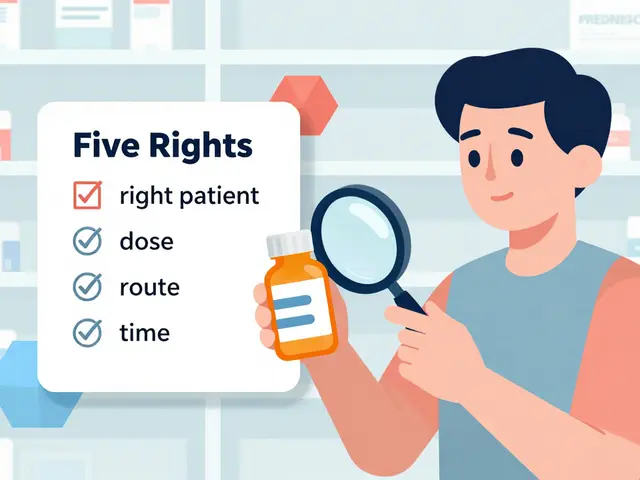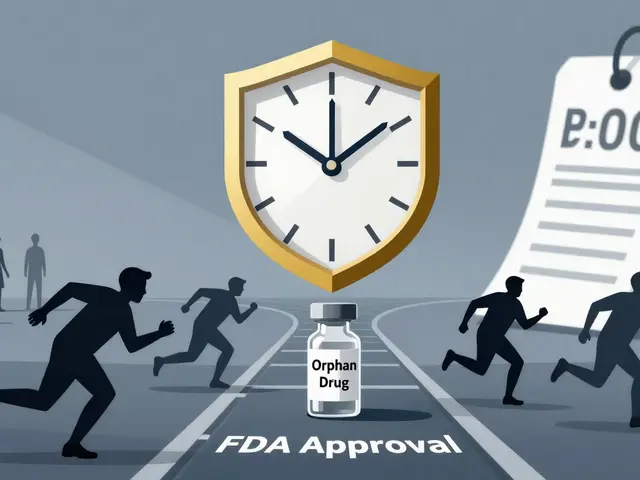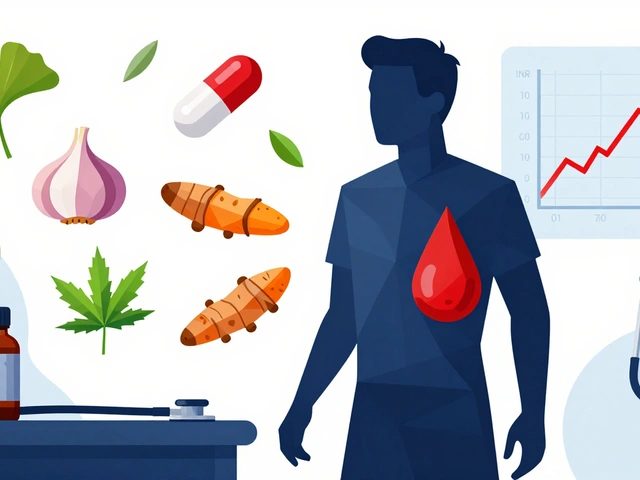Bone disease: signs, tests, and what you can do today
Broken bones or constant aches aren’t normal—especially as you get older. Bone disease covers things like osteoporosis, osteomalacia, Paget’s disease, and bone infections. Each one behaves differently, but they share some red flags: unexplained fractures, shrinking height, persistent bone pain, or a hunched posture. Noticing these early makes a big difference.
How doctors check bones
If you suspect a problem, your doctor will start with a short history and a physical exam, then order tests. A DEXA scan measures bone density and tells if you have osteoporosis or low bone mass. Blood tests can reveal vitamin D deficiency, calcium problems, or markers of inflammation. X‑rays find fractures and structural changes; MRI or CT scans dig deeper when infection or tumors are possible. Don’t ignore a simple fracture—if it happened from a minor fall, that’s a clue bones may be weak.
Knowing the cause matters. For example, low vitamin D or low calcium has a very different fix than autoimmune bone loss. Some medicines like steroids raise fracture risk, so bring a list of medications to your appointment.
Practical ways to protect your bones now
You don’t need a medical degree to make bones stronger. Start with diet: aim for calcium from dairy, leafy greens, or fortified foods, and check vitamin D—people with low sun exposure often need supplements. Move your body—weight‑bearing exercises like brisk walking, stair climbing, or light resistance training stimulate bone. Balance work—simple moves like heel-to-toe walks, single-leg stands, or tai chi cut your fall risk.
Small daily habits help. Cut heavy drinking and quit smoking—both speed bone loss. If you’re on medications that affect bone, talk to your doctor about alternatives or protective measures. If a specialist prescribes bone drugs (bisphosphonates, denosumab, or others), ask about benefits, side effects, and how long you should take them. Keep a personal record of bone density tests so progress is easy to track.
Home safety matters too. Remove tripping hazards, add good lighting and grab bars where needed. Wear shoes with firm soles and avoid slippery rugs. If you have balance issues, a physical therapist can give targeted exercises and gait training to reduce falls.
Finally, be cautious buying meds online. Use licensed pharmacies and verify prescriptions. If something sounds too cheap or arrives without proper labeling, stop and consult a healthcare provider. Bone disease treatment works best when diagnosis and follow‑up are real and reliable.
Want a next step? Schedule a DEXA scan if you’re over 65 (women) or 70 (men), or earlier if you’ve had fractures or long‑term steroid use. Talk to your doctor about vitamin D testing and a tailored exercise plan. Small, steady changes protect your bones and reduce the chance of a painful fracture down the road.
In my recent studies, I've discovered how crucial early detection is in preventing osteodystrophy, a disorder that affects bone integrity. It usually accompanies chronic kidney diseases and can lead to severe complications if not identified and treated promptly. Regular bone density screenings and keeping a check on blood calcium levels are vital for early detection. Maintaining a balanced diet rich in vitamin D and calcium, along with prescribed medications, can help manage the condition. Remember, early detection is key to prevention and successful treatment.
Continue reading...

